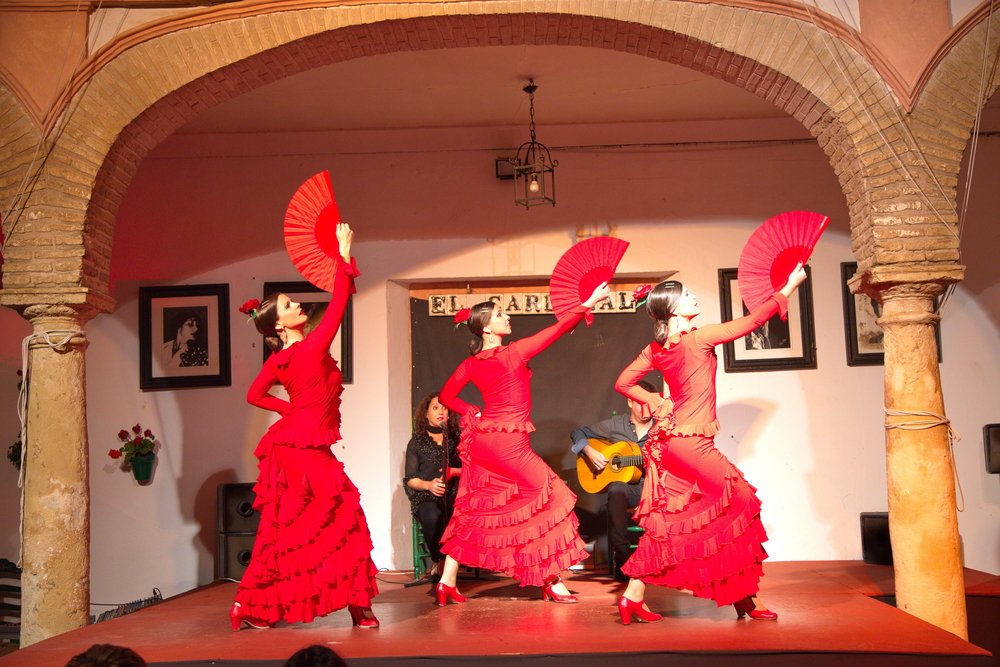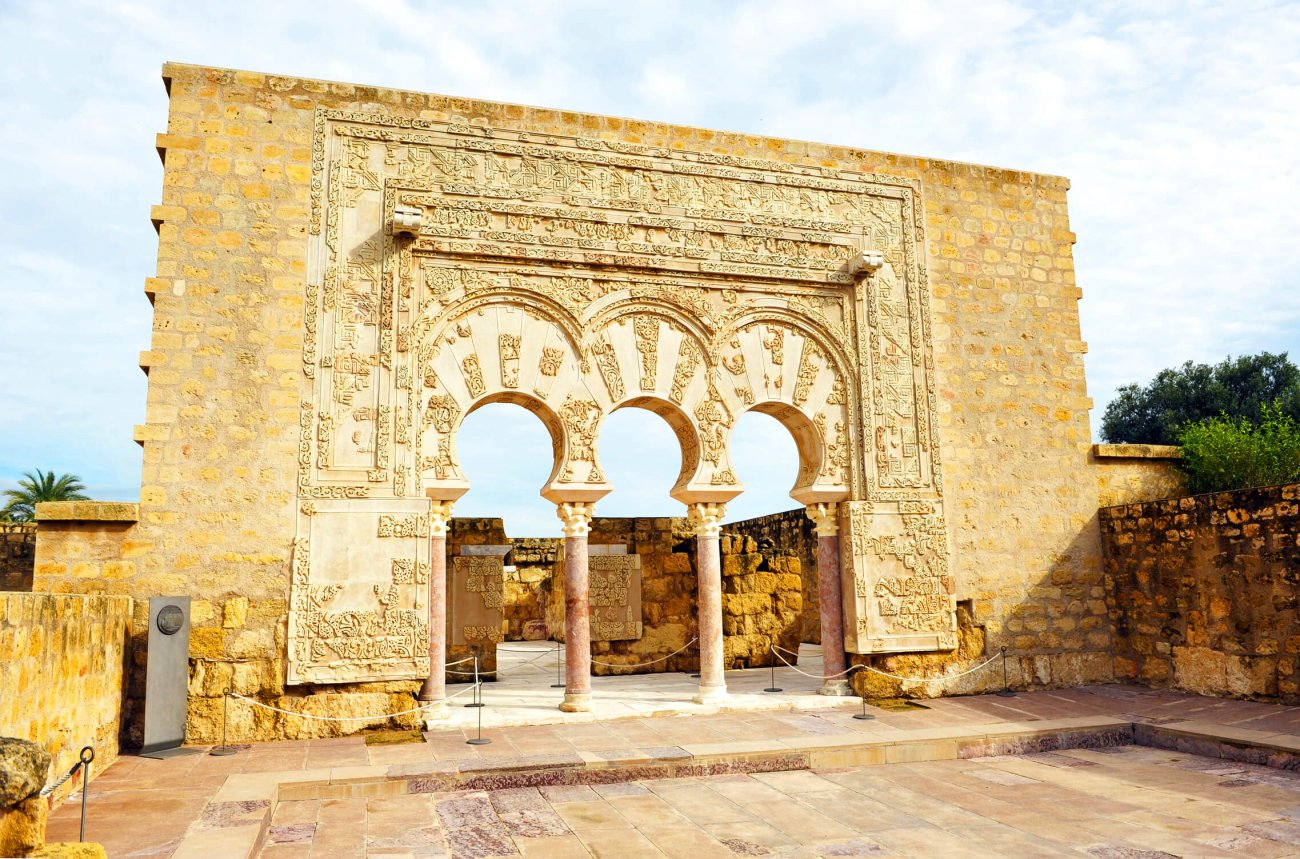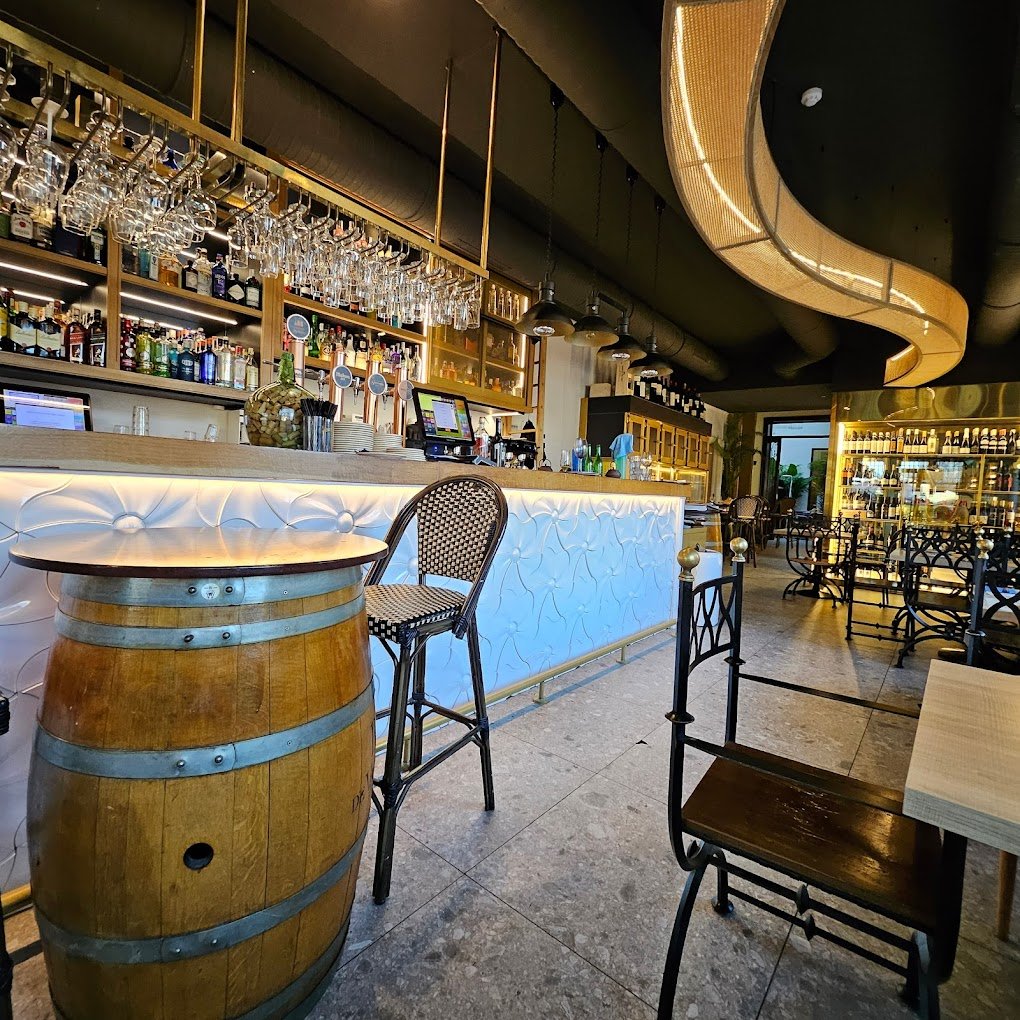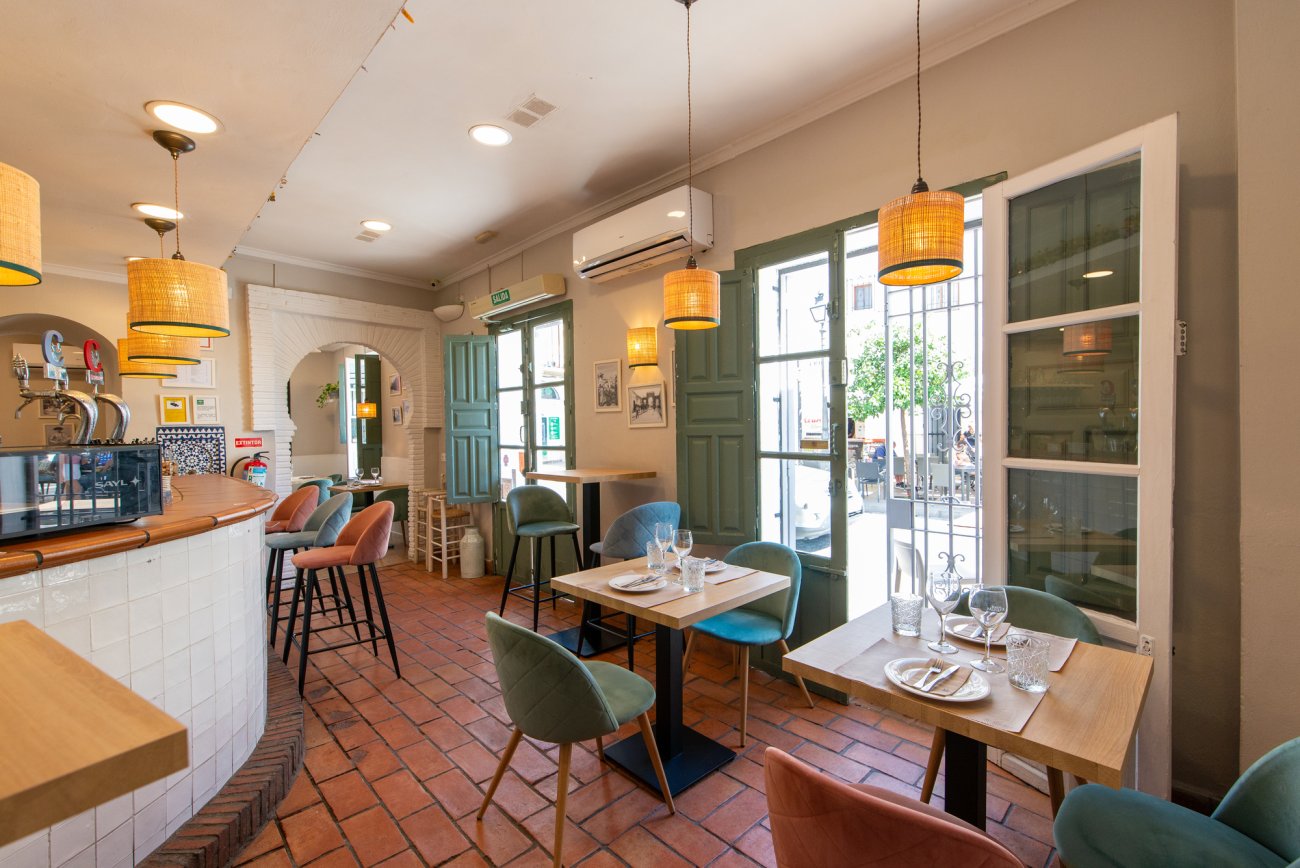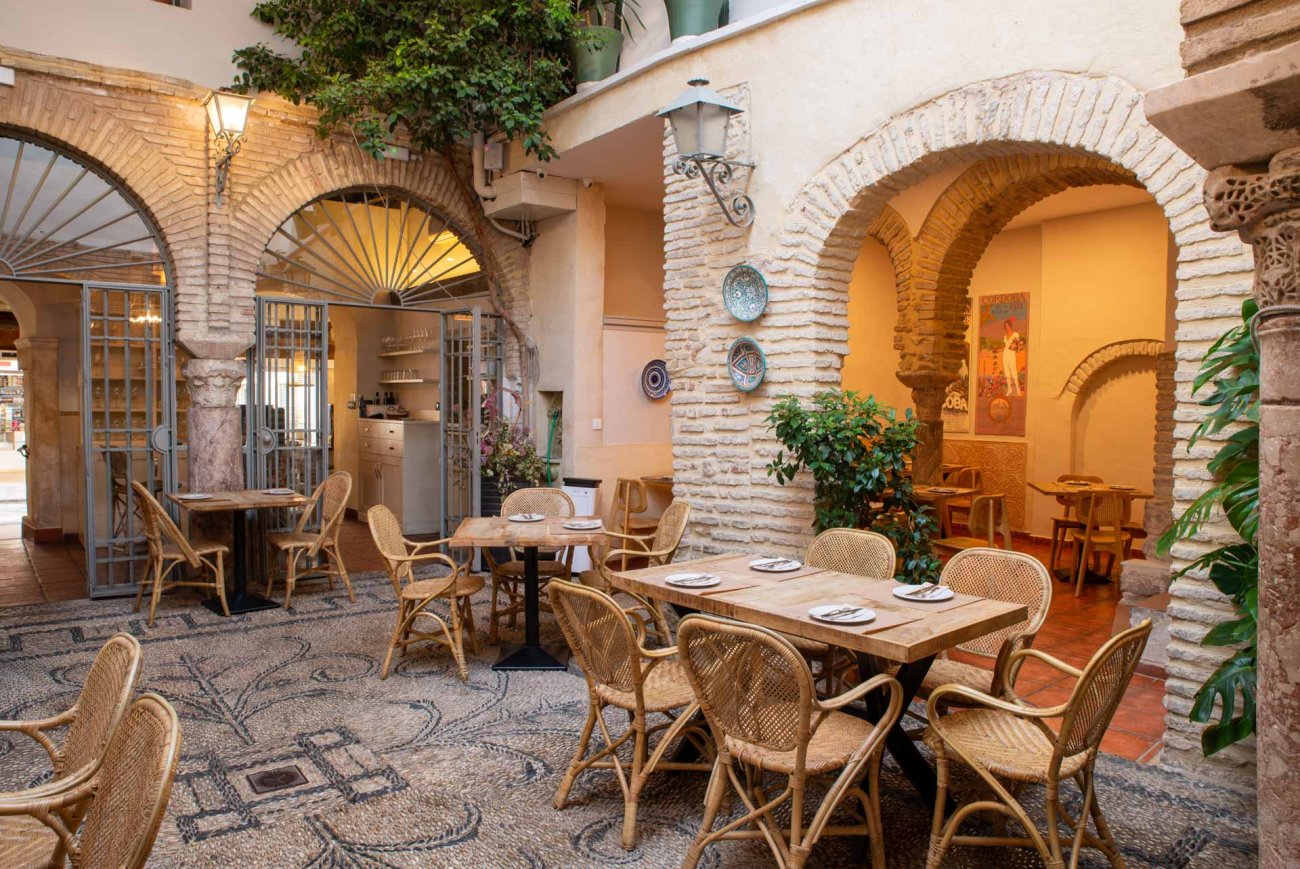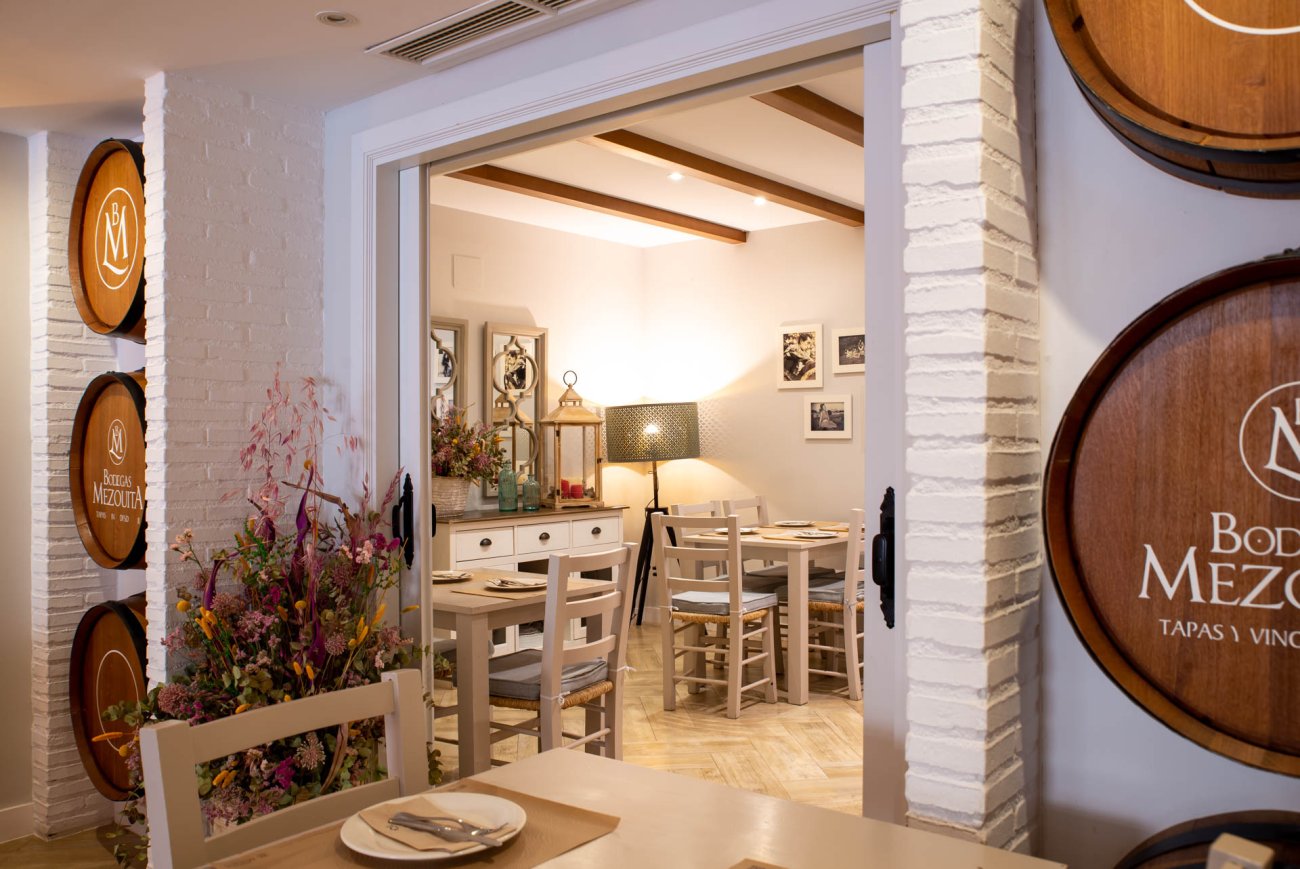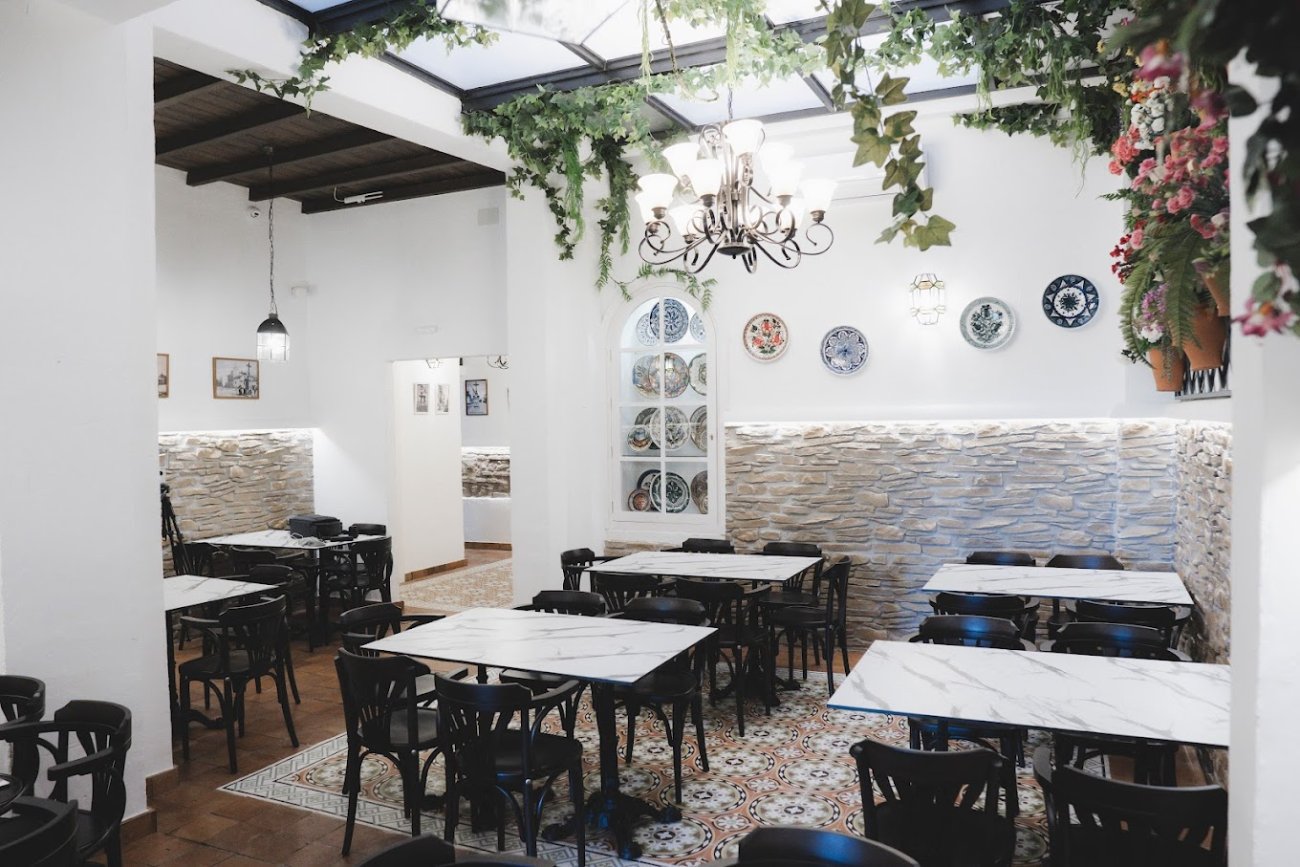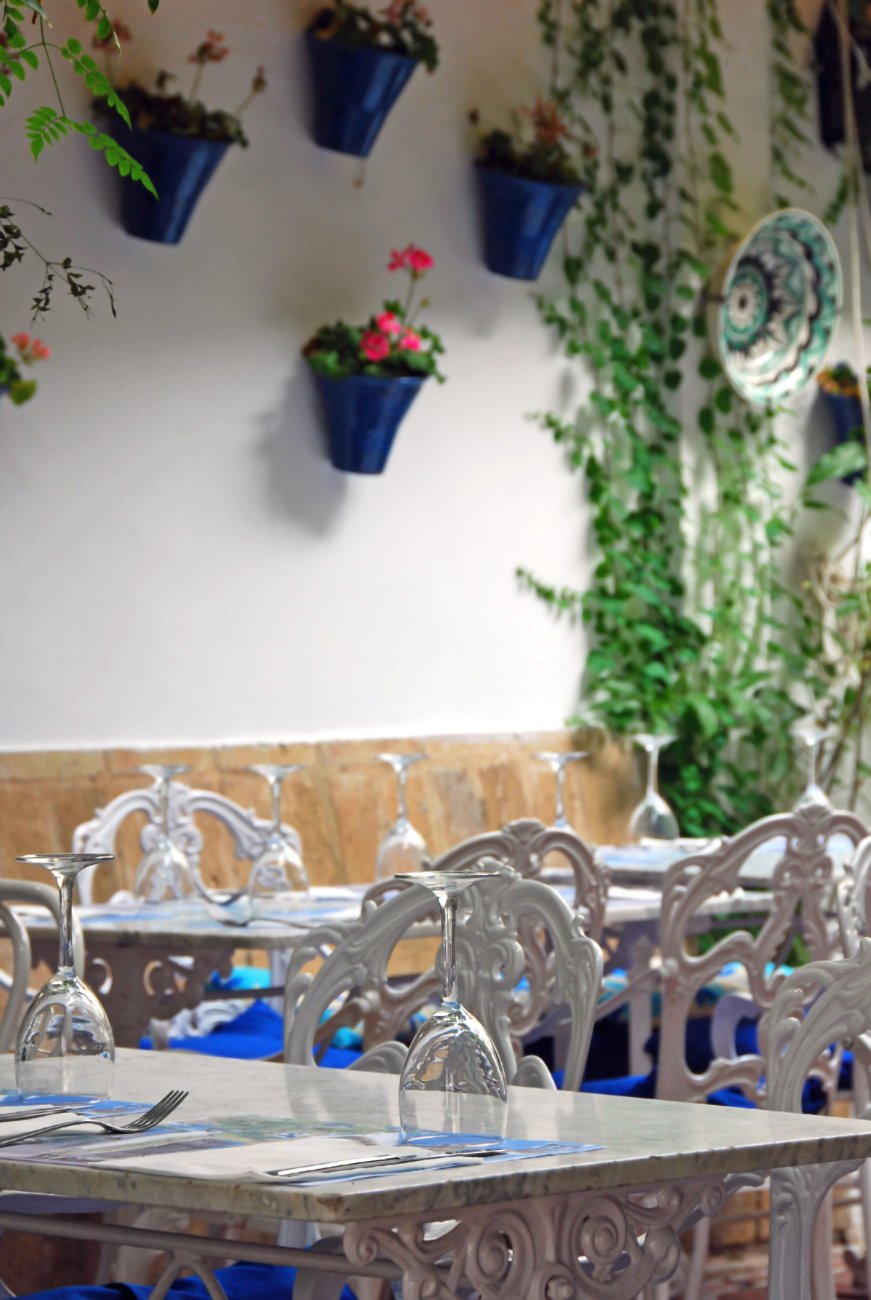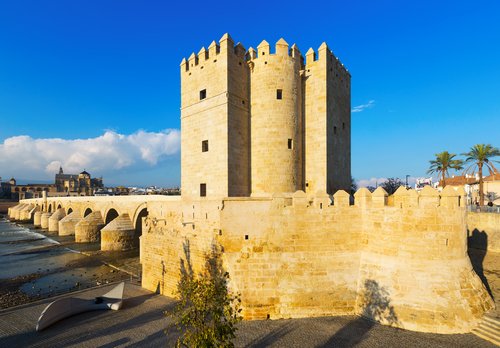Before the rediscovery of Madīnat al-Zahra, the hillside where the site is located was known as Córdoba la Vieja. During the Middle Ages, it was believed that the first Roman Córdoba stood on this point, built quickly and provisionally by the praetor Claudius Marcellus and then moved to the banks of the Guadalquivir for health reasons. This belief was based on the large number of architectural pieces scattered around the surroundings, remains that multiplied when a little earth was excavated.
In the 16th century, humanists began to argue about the true origin of Córdoba la Vieja, but it was in the 17th century that Pedro Díaz de Rivas suggested that beneath the ground lay not a Roman city, but the Muslim castle of Abderramán III. Despite this evidence, the debate persisted. In recent years, the Madīnat al-Zahra site has been the subject of intensive restoration work to restore its lost splendor.
In the 20th century, the first official excavations began in 1911, clearing up doubts about what was beneath the ground. However, the excavations were interrupted by the Civil War. They were resumed in 1944, highlighting those carried out by the architect Félix Hernández, who excavated an important part of the fortress and carried out important restorations.
In the 21st century, only 10% of the total site has been excavated, but new archaeological campaigns focus on areas not corresponding to the palace complex, revealing significant finds. The restoration work has been outstanding, such as that carried out in Yafar
In the year 750, the Umayyad dynasty was overthrown from the Caliphate of Damascus by the Abbasids, who established their capital in Baghdad. Abd al-Rahman I the Emigrant, the only surviving member of the Umayyads, fled to Al-Andalus and proclaimed the Emirate of Córdoba in 756, independent of Baghdad. Although Abderramán I never proclaimed himself caliph, one of his successors, Abderramán III, did so in 929, after putting an end to the political instability of the emirate, which marked the political, social and economic apogee of Muslim Spain, turning Córdoba into the most advanced city in Europe.
The founding of the city of Medina Azahara dates back to the year 936, when Abd al-Rahman III began its construction to concentrate the political power of the caliphate. The construction began under the direction of Maslama ibn
The palaces of Medina Azahara housed the caliph s close associates, including a large number of concubines, while the residents had a large group of slaves, many of them eunuchs, primarily of European origin. The city also had an audience hall, known as the Salón Rico (Rich Hall), as well as government buildings, craft workshops producing luxury goods, residences for high-ranking officials, and, in the lower levels, markets and residential districts for workers. Additionally, the city had a manager, a judge, and a chief of the guard.
During the reign of al-Hakam II, there was a library that housed hundreds of thousands of volumes written in Arabic, Greek, and Latin. The mosques, including the main mosque (aljama) and other neighborhood mosques, provided religious services. The palaces were decorated with silks, tapestries, and other objects considered luxurious, many of which were produced in official workshops and given as gifts, later finding their way into museum collections and Christian cathedrals.
Some historians, such as al-Maqqari, describe luxurious details of the palaces in their chronicles, such as a domed hall that contained a pool of liquid mercury, although this location has not been confirmed by archaeologists.
The caliphate developed a culture centered around court protocols and the figure of the caliph. Lavish celebrations and receptions were held to impress foreign ambassadors, and specific routes were designed for their arrival at the caliph’s audience hall, surrounded by gardens and fountains overlooking the city and the valley. Although the caliph became increasingly distant at these events, the protocols never evolved to the point of keeping him hidden, as was the case with the Fatimid caliphs in Africa.
During the period of prosperity in the 10th century, several members of the caliph’s family or the enriched elite built their own villas and palaces in the rural areas surrounding Córdoba. This tradition, rooted in ancient Roman villas, allowed certain family members to be distanced from the central power of Medina Azahara while ensuring their loyalty through generous salaries.
When al-Hakam II died in 976, his son Hisham II, who was still a minor and lacked political experience, succeeded him. Political power was assumed by Ibn Abi Amir, known as Almanzor, who ordered the construction of a new palace, Medina Alzahira, relocating the seat of power away from the old Umayyad palaces and confining the young caliph Hisham II in the Andalusian Alcázar of Córdoba. This new palace, built in just two years, rivaled Medina Azahara and marked the beginning of the latter s decline.
